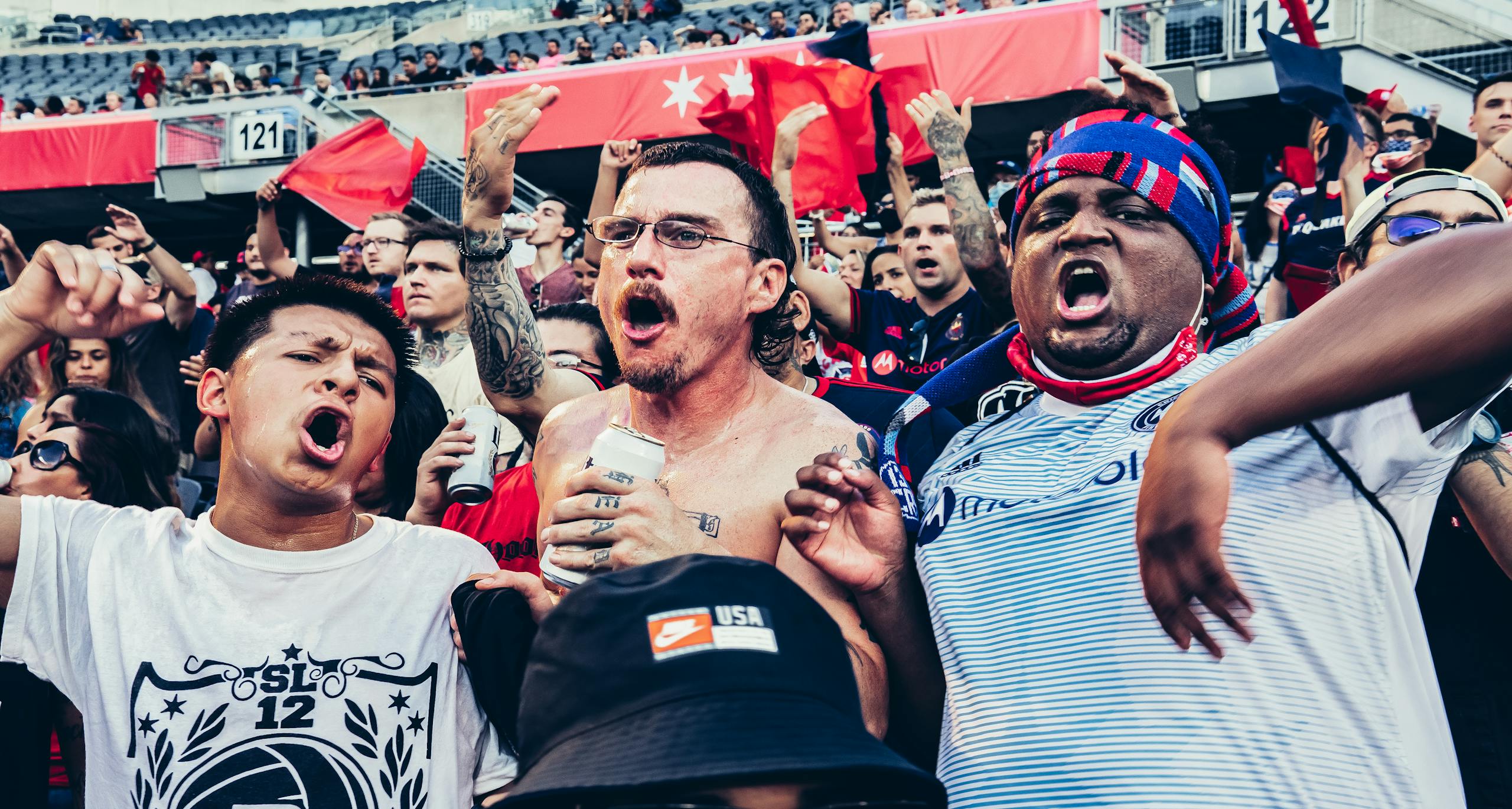The UEFA Champions League is the pinnacle of European football. It’s where the best clubs from across the continent compete for the ultimate glory.
The Champions League draw for the 2024-25 season is fast approaching. Fans, analysts, and bettors alike are eagerly awaiting the matchups.
This article aims to provide insightful predictions for the upcoming draw. We’ll delve into potential outcomes, team performance expectations, and key influencing factors.
We’ll analyze historical trends, club coefficients, and team form. We’ll also consider the impact of player transfers, managerial tactics, and injury updates.
Potential dark horse teams and group of death scenarios will be discussed. We’ll also explore the dynamics of home and away advantage in the knockout stages.
Insights from football experts and betting odds will be considered. We’ll also take into account fan expectations and discussions from football forums.
So, whether you’re a football enthusiast, a sports analyst, or a bettor, this article is for you. Let’s dive into the top predictions for the Champions League Draw 2024 – 25.
Understanding the Champions League Draw Process
The Champions League draw is an intricate procedure. It determines the groups and matchups for the tournament. This process is crucial for clubs and fans alike.
The draw involves carefully selected teams based on their past performances and UEFA rankings. These rankings influence how clubs are placed into seeding pots.
The draw includes several stages, each with specific rules. Here’s an overview of the key phases:
- Teams are divided into pots based on UEFA coefficients.
- Clubs from the same country can’t be drawn together in the group stage.
- The draw starts with the group stage, progresses to the knockout rounds.
The Seeding System Explained
The seeding system is a critical component of the draw. It ensures that the strongest teams are evenly distributed across groups. This helps maintain competitiveness and balance.
Teams are placed in seeding pots. The top pot typically includes the reigning Champions League titleholder and top-performing clubs from Europe’s major leagues. This system helps prevent top clubs from facing each other too early.
The seeding pots impact the overall dynamics of the draw. Clubs aim to maximize their UEFA coefficients. This determines their seeding status and can significantly influence their group stage opponents.
Historical Performance and Its Impact on the Draw
Historical performance plays a significant role in the draw process. Clubs with a strong European record are generally seeded higher. This gives them a strategic advantage.
Many clubs have built legacies on consistent Champions League performances. These historical achievements are factored into the draw, influencing their group stage position.
However, past performance isn’t everything. Factors such as current squad strength and form are crucial. While history provides context, the present determines a team’s immediate fate in the draw.
Analyzing Club Coefficients and Team Form
UEFA coefficients are essential in understanding a club’s performance potential. They reflect the success of clubs in European competitions over a set period. A higher coefficient can lead to a more favorable draw.
Teams strive to boost their coefficients by winning matches and going further in tournaments. This impacts their future draw positions, providing a strategic advantage. High coefficients enhance a team’s reputation on the European stage.
Current team form is equally important in predicting Champions League success. Recent performances in domestic and European leagues indicate a team’s readiness for the tournament. Clubs in good form are more likely to perform well in the draw.
To evaluate club potential:
- Review recent match results and statistics
- Analyze key player performances and fitness
- Consider the strength of opposition faced recently
Squad Depth and Player Transfers: A Crucial Factor
Squad depth is a fundamental element for success in the Champions League. A team with a deep bench can handle the rigorous schedule better than one relying on a few key players. It allows for effective rotation and mitigates the impact of injuries.
Player transfers during the summer window can also reshape team dynamics. Acquiring top talent or losing key players can drastically affect a team’s chances in the tournament.
Transfers not only bolster a team’s lineup but can also influence team morale and strategy. Clubs that make strategic signings often gain an edge in the competition.
Managerial Tactics and European Experience
The role of a manager’s tactics cannot be underestimated. Managers bring their own style, influencing how a team approaches each match. Tactical acumen can exploit opponent weaknesses and maximize team strengths.
Experience in European competitions is another valuable asset. Managers familiar with the Champions League’s demands can better navigate its challenges. They often bring insights that less experienced peers may lack.
Successful managers tailor their strategies to fit European dynamics. This includes anticipating rivals’ strategies and adapting to the unique pressures of the Champions League environment.
Key Injuries and Player Availability
Injuries can heavily influence team performance in the Champions League. Clubs missing key players may struggle to maintain their competitive edge. Injury updates are crucial for predicting draw outcomes.
Player availability impacts team selection and game strategy. Coaches must adapt to the loss of vital members, sometimes shifting formations or tactics. It’s essential to keep abreast of injury reports for informed predictions.
Injuries affect not just physical capabilities but also team morale. Losing a star player can dampen spirits, affecting confidence on the field. Teams with robust medical teams and recovery programs often mitigate these disruptions better.
Dark Horse Teams and Potential Surprises
Every Champions League season features unexpected standout teams. These dark horses defy odds, progressing further than anticipated. Predicting which teams will surprise is part of the tournament’s allure.
Underdog teams often capitalizes on a blend of youthful vigor and tactical innovation. They possess the element of surprise and are less pressured by expectations. This can make them formidable opponents in the draw.
History shows that Champions League surprises bring excitement to fans worldwide. They remind us that football isn’t always about the favorites. A calculated analysis may uncover which underdogs have the potential to shine this season.
Group of Death Scenarios and Knockout Stage Dynamics
The Champions League often features a “Group of Death,” where multiple strong teams vie for just two progression spots. This group ensures high-stakes matches from the outset. Fans eagerly await its emergence each season.
Identifying potential “Groups of Death” requires examining club coefficients and current team form. High-ranking teams may find themselves together, creating thrilling matchups early on. This makes draw predictions even more exciting.
The dynamics of the knockout stage differ greatly from the group phase. Here, strategic acumen and mental toughness become paramount. Coaches focus heavily on two-legged ties, balancing aggressive play with cautious defense.
Key factors influencing these dynamics include:
- Squad Depth: Depth is crucial for handling fixture congestion.
- In-Game Adjustments: Tactical flexibility can define success.
- Pressure Management: Teams face intense pressure in must-win scenarios.
The group stage sets the tone, but the knockout rounds test the resilience of teams. Upsets are not uncommon, as unexpected teams often oust stronger opponents, underlining the unpredictable nature of football predictions.
Home and Away Advantage in the Knockout Stages
Home advantage plays a vital role in the Champions League knockout stages. Familiar grounds provide a psychological edge for home teams. Loud, supportive fans can spur players to peak performance.
However, the away leg is equally crucial. Teams must navigate hostile environments to earn valuable away goals. Successfully managing pressure in away matches can shift the balance of a tie.
Away goals have historically influenced tactics, with teams often seeking early goals to disrupt home team strategies. Thus, home and away dynamics add layers of complexity to match predictions. It’s essential for teams to master both home dominance and away resilience to progress through the knockout stages.
Expert Insights and Betting Odds
Experts in football analysis provide valuable predictions for the Champions League draw. They consider various factors such as team form, injuries, and historical performance. Their insights often reveal trends not immediately apparent to casual fans.
Betting odds reflect these expert analyses. Odds makers assess team strengths, weaknesses, and recent performance to set odds. This process helps bettors understand likely outcomes and possible surprises.
Football enthusiasts use these insights and odds to inform their predictions. Analyzing odds can be crucial for those engaged in sports betting, offering a statistical perspective on potential matchups and outcomes.
Fan Expectations and Forum Discussions
Football forums and fan communities buzz with speculation around the Champions League draw. Fans worldwide share their thoughts on potential matchups and team prospects. This fervor highlights the global interest in this prestigious tournament.
Expectations are shaped by last season’s performances, new signings, and pre-season friendlies. Fans often express optimism or concern, depending on their team’s recent results and transfers. Discussions can sway opinions and build excitement or trepidation.
Engaging in these discussions adds another layer to the football experience. Fans feel a sense of camaraderie as they exchange views and predictions. These dialogues enrich the buildup to the Champions League draw, making it a shared experience for enthusiasts everywhere.
Predicting the Group Stage to Knockout Round Progression
As the Champions League draw unfolds, predicting how teams will progress becomes a focal point. Analysts and fans alike evaluate factors that might influence outcomes. Understanding team dynamics and recent performances is key in forming accurate predictions.
Team form heading into the group stage is crucial. Clubs with strong domestic league records often carry momentum. This momentum can greatly affect their chances of advancing to the knockout rounds. Historical data on past performances can also provide clues about potential progression.
Here are some key factors that analysts consider when predicting progression:
- Current form and recent match results
- Injuries and player availability
- Strength of group stage opponents
- Club’s historical success in the Champions League
The group stage often reveals which teams are in prime condition to challenge in the latter stages. Patterns can emerge, showing teams that consistently perform well in Europe. Conversely, some clubs might struggle under the weight of expectation and scrutiny.
Potential Rematches and Historic Clashes
The anticipation for potential rematches in the Champions League is always high. Historic clashes add a layer of intrigue and excitement to the competition. These encounters often bring back memories of classic European nights.
Certain clubs have rich histories of meeting in the Champions League. When the draw pairs these teams together, it rekindles old rivalries. Fans and pundits alike relish the chance to witness these storied matchups again.
Rematches not only carry historical significance but also provide opportunities for teams to exact revenge. Clubs seek to erase past defeats and write new chapters in their European journeys. The drama and storyline of these clashes are what make the Champions League special.
First-Time Matchups and Their Significance
The Champions League draw also introduces fresh matchups every season. These first-time encounters bring new challenges and excitement to the tournament. Teams face the thrill of competing against unfamiliar opponents from across Europe.
First-time matchups test teams’ adaptability and tactical flexibility. Managers must prepare for the unknown, often requiring in-depth research on these novel adversaries. Such contests can highlight budding talents and tactical ingenuity in surprising ways.
New matchups also enrich the tournament’s narrative. They foster relationships and rivalries that might carry on into future seasons. Fans enjoy the unpredictability and novelty these games bring, adding a fresh layer of intrigue to the Champions League story.
Additional Factors Influencing the Champions League Draw
Apart from team form and historical data, various factors play a role in the Champions League draw. These elements can subtly influence predictions and eventual outcomes. Savvy analysts dig into these nuances to better understand potential impacts.
One area of focus is the strategic rotation of squads. Team managers who master the art of resting key players might have a competitive edge. This strategy ensures players remain fresh and perform optimally throughout the tournament’s demanding schedule.
Considerations also include travel logistics, especially when clubs face distant opponents. Long travel distances can affect player fatigue, influencing match performance. Weather conditions and playing surface types might also impact how teams fare in their away matches.
Some additional factors to ponder include:
- Influence of international breaks on team cohesion
- Club’s focus on balancing domestic and European commitments
- Impact of intense media scrutiny on player morale
The Role of Technology and VAR
Technology, particularly the Video Assistant Referee (VAR), has become integral in modern football. In the Champions League, VAR ensures decisions are fair and transparent. However, its impact on the game’s flow and on team strategies remains a point of debate.
VAR’s primary function is to assist referees in identifying clear and obvious errors. Decisions on goals, penalties, and red cards often see its intervention. While it has improved fairness, it has also introduced pauses and new tactical considerations.
Managers now prepare players to adapt to potential VAR reviews. The technology’s presence can change the outcome of critical moments. Teams adjust their strategies, knowing that VAR might influence a decisive call during high-pressure matches.
The Impact of External Factors: Politics, Economics, and Global Events
External factors like politics, economics, and global events can unexpectedly sway the Champions League. Political tensions may affect team travel, fan attendance, or even match venues, impacting the playing environment. Economic stability of clubs also plays a crucial role in funding team improvements and maintaining competitive squads.
Global events, such as pandemics or geopolitical issues, can lead to rescheduling, affecting team preparation. Unexpected changes can disrupt the regular rhythm that clubs rely on. Clubs with robust contingency plans might navigate these disruptions more effectively.
Moreover, international relations can influence club partnerships and sponsorships, affecting financial health. The ability to manage such intricacies can be a hidden strength for clubs aspiring to reach the later stages of the competition. Teams adept at handling external pressures often find themselves better equipped to succeed on Europe’s grandest stage.
Conclusion: Preparing for the Unexpected
The Champions League draw for the 2024-25 season promises excitement and unpredictability. From squad rotations and VAR to political and economic influences, numerous factors can affect outcomes. Teams that adapt best to these variables gain a potential advantage.
As clubs brace for the draw, football fans around the globe anticipate thrilling matchups. The element of surprise always lurks, making the Champions League unique. Historical performances offer clues, but surprises remain inevitable in this prestigious tournament.
Ultimately, success in the Champions League hinges on preparation and adaptability. Coaches, players, and fans alike must be ready for the unexpected. As the draw unfolds, so too will the drama and narratives that define European football’s most elite competition.




